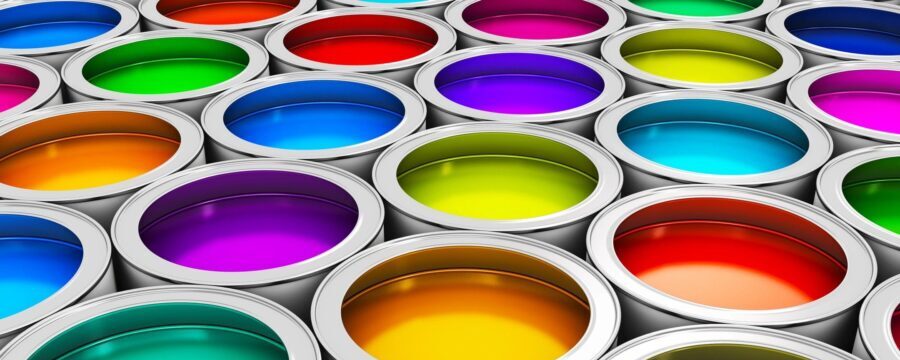In the world of inkjet printing, the type of ink you choose can impact the quality, longevity, and durability of your prints. Two of the most common ink types are dye-based and pigment-based inks. While both have their unique advantages, understanding how they differ can help you make the right decision for your printing projects.
What is Dye-Based Ink?
Dye-based ink is widely used in standard inkjet printers. It’s made by dissolving colorants in a liquid, which allows for vibrant, sharp prints. However, dye-based inks are typically more water-soluble, meaning they are more susceptible to smudging or fading when exposed to moisture.
Advantages of Dye-Based Ink:
- Vibrant Colors: Offers a wider color range and better saturation, ideal for photo printing.
- Lower Cost: Dye-based ink cartridges are generally more affordable, making them a popular choice for everyday use.
- Quick Drying: Ideal for projects requiring fast print turnaround.
Disadvantages of Dye-Based Ink:
- Water Sensitivity: Vulnerable to water damage, which can cause smudging or fading.
- Fade Resistance: Less resistant to UV light exposure, causing prints to fade faster over time.
What is Pigment-Based Ink?
Pigment-based ink uses solid color particles suspended in a liquid. These particles rest on top of the paper rather than being absorbed, creating more durable and long-lasting prints. Pigment inks are commonly favored by professionals for their archival quality and water resistance.
Advantages of Pigment-Based Ink:
- Longer Durability: Prints last longer, with less fading over time, making it ideal for archival projects.
- Water and UV Resistance: More resistant to water and UV damage, ensuring the integrity of prints, especially in indoor settings.
- Great for Monochrome Prints: Many professional photographers prefer pigment ink for black and white printing due to the broader dynamic range in monochrome shades.
Disadvantages of Pigment-Based Ink:
- Higher Cost: Pigment ink cartridges tend to be more expensive than dye-based inks.
- Slightly Less Color Vibrancy: Pigment inks may have a slightly narrower color gamut compared to dye-based inks.
Which Ink is Best for You: Dye-Based or Pigment-Based?
Dye-Based Ink: Best for enthusiasts and casual printers who want bright, colorful prints at a lower cost. If you’re printing photos for personal use or short-term projects, dye-based ink is likely the more affordable option. However, you should be mindful of its sensitivity to water and fading.
Pigment-Based Ink: Ideal for professional users, especially those needing archival-quality prints that last. Black and white photographers, as well as those looking for durability and water resistance, may prefer pigment-based ink. It’s also the better choice for long-term indoor displays.



